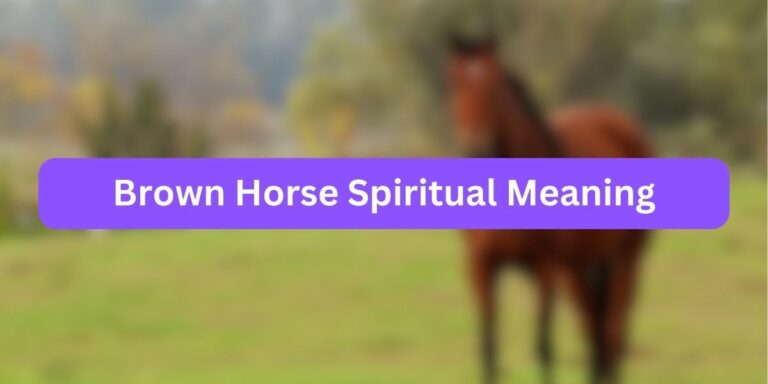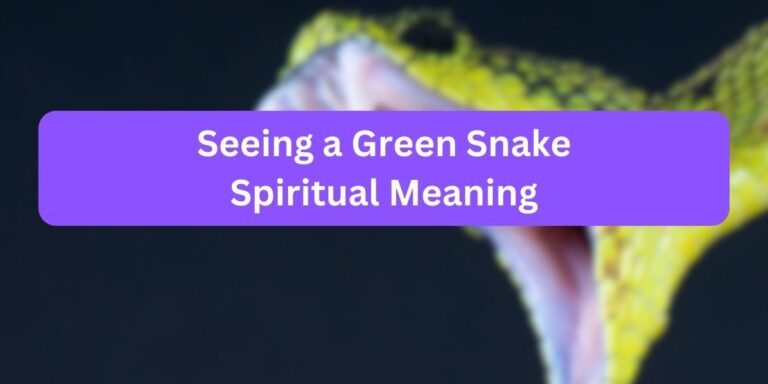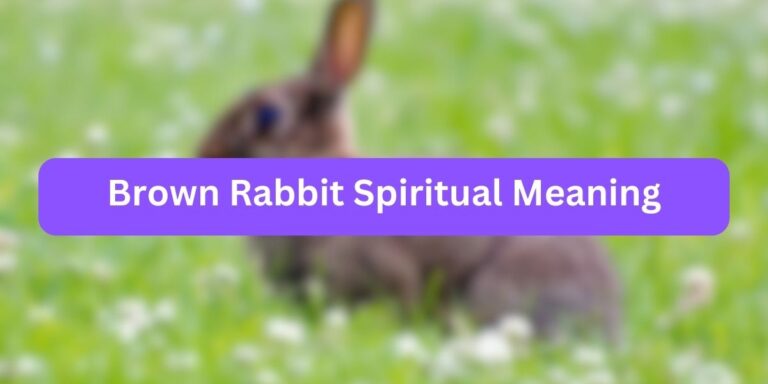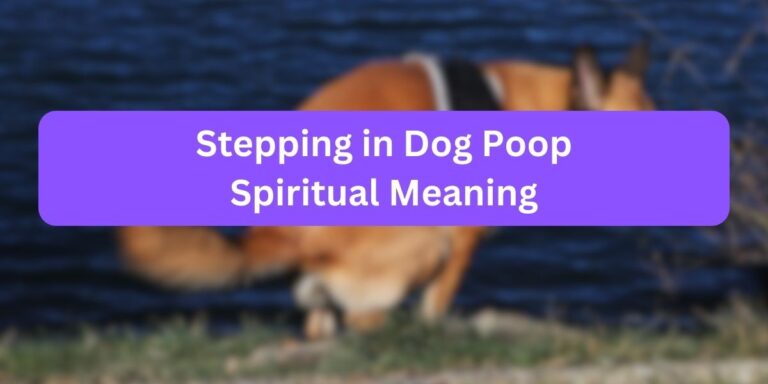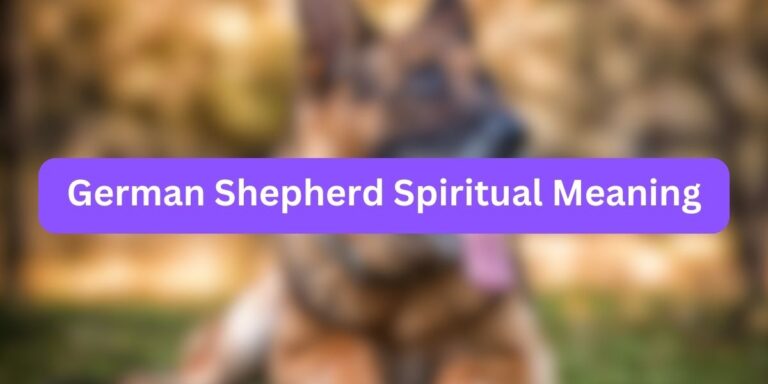The Spiritual Significance of Dogs with Heterochromia
Heterochromia is an intriguing phenomenon that affects dogs as well as people. When someone has two distinct colors in their eyes, or two colors within one eye, it is referred to as this condition. Heterochromia in dogs is frequently regarded as a distinctive & remarkable characteristic that distinguishes them from other dogs. This essay will examine the significance of a dog’s various eye colors, exploring the mythological, spiritual, and historical dimensions of this fascinating characteristic. Heterochromia in dogs has always been a topic of significant interest and research. It was once thought to be a sign of a divine connection or unique skills.
Key Takeaways
- Heterochromia is a condition in dogs where they have two different colored eyes.
- Different colored eyes in dogs can have spiritual significance and symbolism in various cultures and religions.
- Dogs with heterochromia are believed to have a connection with the divine and possess healing powers.
- Biblical references and mythology also mention dogs with two different colored eyes.
- Dogs with heterochromia can help us connect with our spiritual selves and play an important role in shamanism and spirituality.
Heterochromia can take many different forms, each with a distinct significance. Dogs with two entirely different colored eyes are said to have complete heterochromia, whereas dogs with two colors in the same eye are said to have sectoral heterochromia. Many cultures have expressed interest in the relationship between heterochromia and spirituality. Dogs were considered sacred animals with spiritual abilities in many ancient cultures. Because of the belief that their distinctive eyes bestowed upon them greater spiritual abilities, dogs who were heterochromia were considered even more special. For instance, dogs with distinct eye colors were thought to be able to see the spiritual and material worlds at the same time in Norse mythology.
The significance of heterochromia in dogs during ancient times is further highlighted by references to them in the Bible. The narrative of Jacob and his son Joseph is one famous instance. Jacob refers to Joseph’s eyes in the book of Genesis as being “like those of a wild dog.”. According to some interpretations, this description might allude to Joseph’s heterochromia, which would represent his special function in carrying out God’s plan.
Dogs have significant spiritual and religious roles in many different religions. The god Anubis was connected to death and the afterlife in ancient Egyptian mythology. He was frequently pictured with the head of a jackal.
| Metrics | Values |
|---|---|
| Number of dogs with heterochromia | Unknown |
| Number of cultures that believe in spiritual significance of dogs with heterochromia | Several |
| Beliefs associated with dogs with heterochromia | Guardians of the underworld, protectors of the soul, bringers of good luck, spiritual guides |
| Historical references to dogs with heterochromia | Ancient Egyptian and Greek mythology, Native American folklore, Japanese and Chinese culture |
Dogs were respected as guides and protectors of the underworld and were thought to be his earthly equivalents. Heterochromian dogs were thought to have a special bond with Anubis and to have enhanced spiritual abilities. Dogs with heterochromia are thought to have a unique bond with God in many cultures.
They are frequently regarded as intermediaries or guardians, bridging the gap between the material and spiritual worlds. It is believed that they can see & interact with spiritual beings thanks to their special eyes. Dogs with heterochromia were revered & thought to carry messages from the afterlife by certain Native American tribes. Dogs with heterochromia are significant in the spiritual practice of shamanism, which is practiced in many different cultures worldwide.
Dogs are regarded as spirit guides and traveling companions in shamanic traditions. Dogs with heterochromia are frequently employed in shamanic ceremonies and practices because it is thought that they have an elevated spiritual consciousness. The ability to transition between various realms of existence is symbolized by their distinctive eyes.
Apart from their spiritual significance, heterochromia dogs are also thought to have healing properties. It is believed that their unusual eyes radiate a particular energy that has the power to heal and console those in need. Dogs with heterochromia are frequently sought after in therapy and emotional support environments due to their soothing demeanor and capacity for profound emotional connection. There are many tales in mythology about heterochromous dogs, each with its own meaning and symbolism. One eye of each color is frequently seen on the three-headed dog Cerberus, the guardian of the underworld’s gates in Greek mythology. This image is thought to represent his guardian role between the living & the dead, signifying his capacity to see both.
Heterochromian dogs can be extremely effective spiritual guides for us personally. Their distinctive eyes inspire us to investigate our own spiritual selves by serving as a constant reminder of the connection between the material and spiritual realms. Using these unique dogs as companions in meditation & other spiritual practices, many people have found comfort and guidance in their company.
Finally, in the spheres of spirituality, mythology, and religion, dogs with heterochromia have a unique place. Since ancient times, people have been drawn to their unusual eyes, which stand for the capacity to cross over into other dimensions of existence and a link to the divine. These dogs, who may be viewed as messengers, protectors, or healers, serve as a constant reminder to cherish & acknowledge the individual characteristics that make each person special. Let us remember the profound significance of heterochromia dogs & the lessons they can teach us about our own spiritual selves as we continue to explore the mysteries of the world.
If you’ve ever come across a dog with two different colored eyes, you may have wondered about the spiritual significance behind this unique trait. According to spiritualgraph.com, the phenomenon of heterochromia in dogs holds a deep spiritual meaning. In their article on the subject, they explore the symbolism and interpretations associated with dogs having two different eye colors. From ancient folklore to modern beliefs, this intriguing article sheds light on the spiritual significance of these captivating canines. To learn more about the spiritual meaning behind dogs with two different colored eyes, check out this fascinating article.
FAQs
What is the spiritual meaning of a dog with two different colored eyes?
In many cultures, a dog with two different colored eyes is believed to have spiritual significance. It is often seen as a symbol of balance, harmony, and duality.
What is the scientific explanation for a dog having two different colored eyes?
The scientific term for a dog with two different colored eyes is heterochromia. It is caused by a lack of melanin in one eye, which results in a different color than the other eye.
Are dogs with two different colored eyes more prone to health problems?
No, dogs with heterochromia are not more prone to health problems than other dogs. However, some breeds that are more likely to have heterochromia, such as Siberian Huskies, may be prone to certain health issues.
Is it rare for a dog to have two different colored eyes?
It is not extremely rare for a dog to have two different colored eyes, but it is less common than having two eyes of the same color. Some breeds, such as Australian Shepherds and Border Collies, are more likely to have heterochromia.
What other spiritual meanings are associated with dogs?
Dogs are often seen as symbols of loyalty, protection, and companionship. In many cultures, they are also associated with healing, guidance, and intuition.

